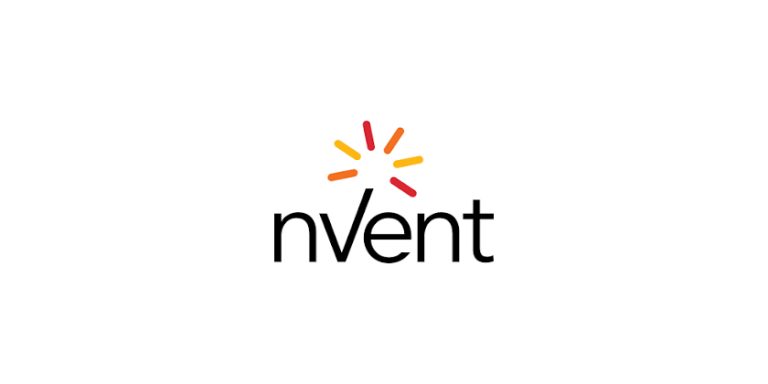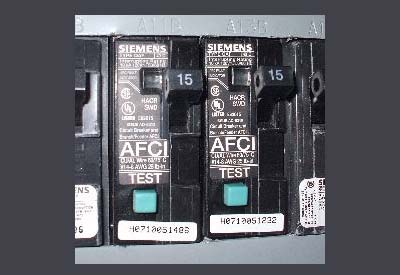Hydro-Québec Releases its Climate Change Adaptation Plan

November 11, 2022
In order to deal with the increasing frequency and intensity of extreme weather events, Hydro-Québec has adopted a Climate Change Adaptation Plan based on a major reflection and analysis process involving experts from all business segments. It proposes concrete measures and actions to put in place to anticipate, mitigate and effectively manage the effects of climate change on all our activities throughout Québec.
The international scientific community is adamant: the impacts of these changes are already noticeable and will continue to be so in the coming years. Extreme heat, high winds, freezing rain, forest fires and heavy precipitation will intensify. Even though Hydro-Québec generates energy that is 99% clean and renewable, the company must ensure its energy generation, transmission and distribution equipment remain reliable.
“Climate risks must now be an integral part of all business decisions,” said Sophie Brochu, President and Chief Executive Officer of Hydro-Québec. “It is important for Hydro-Québec to have such a plan, which aims to strengthen our resilience in the face of these upheavals. In this way, we will be able to continue generating, transmitting and distributing our renewable, low-carbon energy, particularly since it contributes to the fight against climate change, both in Québec and beyond our borders.”
“We have done a lot of inventory and analysis to get a reliable overall picture of the risks that climate change poses to us,” said Philippe Bourke, Director – Sustainable Development Activation and Integration at Hydro-Québec. “We have already started to implement the plan and we will be on the lookout for advances in science and practices to keep it relevant.”
This initial Climate Change Adaptation Plan will be updated on an ongoing basis as knowledge advances.
Well thought out approach
In order to focus our efforts and conduct our research at the right times and places in a risk management context, we used an analysis method specially adapted to our needs.
From the inventory of challenges our facilities will face, we drew up several dozen actions organized around 26 priority action areas, including:
- reinforcing certain transmission lines
- increasing our efforts to control vegetation near our distribution system
- replacing wooden poles with stronger composite poles in some areas
- monitoring northern forest fires more closely
- increasing the resilience of our control structures
Climate adaptation is not new to Hydro-Québec, which co-founded over 20 years ago Ouranos, a consortium that is recognized worldwide for its research on regional climatology and adaptation to climate change. Going forward, we will focus on a comprehensive plan that will allow us to remain at the forefront of this field.
You can find more information on the Climate Change Adaption Plan HERE










![Guide to the Canadian Electrical Code, Part 1[i], 26th Edition – A Road Map: Section 10 – Grounding and Bonding](https://electricalindustry.ca/wp-content/uploads/2022/11/Guide-CE-Code-2.png)





